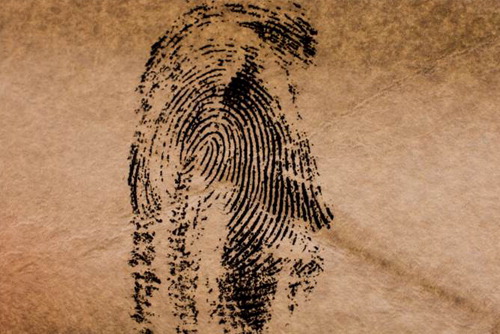This learning module (and associated instructor’s guide) was developed by CSAFE researcher and criminology, law, and society professor from University of California, Irvine Dr. Simon Cole. The educational opportunity uses latent print identification as a case study of the broader category of forensic pattern recognition evidence. This in turn reflects the interaction between science, law, and policy. The module has been explicitly designed for non-scientists from a variety of different backgrounds including law and public policy. Based on an active learning approach, the module is based on scientific and legal literature, policy documents, and court exhibits and opinions. Learn more and view the module on the National Academies of Sciences, Engineering, and Medicine website.
Forensic Pattern Recognition Evidence-An Educational Module
Related Resources
What’s in a Name? Consistency in Latent Print Examiners’ Naming Conventions and Perceptions of Minutiae Frequency
Fingerprint minutia types influence LPEs’ decision-making processes during analysis and evaluation, with features perceived to be rarer generally given more weight. However, no large-scale studies comparing examiner perceptions of minutiae…
An alternative statistical framework for measuring proficiency
Item Response Theory, a class of statistical methods used prominently in educational testing, can be used to measure LPE proficiency in annual tests or research studies, while simultaneously accounting for…
Examiner variability in pattern evidence: proficiency, inconclusive tendency, and reporting styles
The current approach to characterizing uncertainty in pattern evidence disciplines has focused on error rate studies, which provide aggregated error rates over many examiners and pieces of evidence. However, decisions…
Statistical Interpretation and Reporting of Fingerprint Evidence: FRStat Introduction and Overview
The FRStat is a tool designed to help quantify the strength of fingerprint evidence. Following lengthy development and validation with assistance from CSAFE and NIST, in 2017 the FRStat was…


